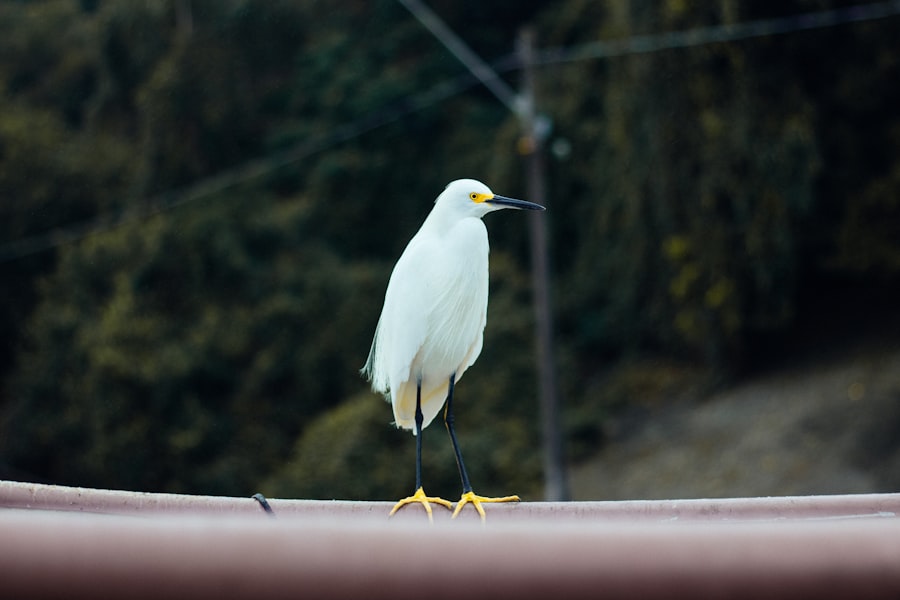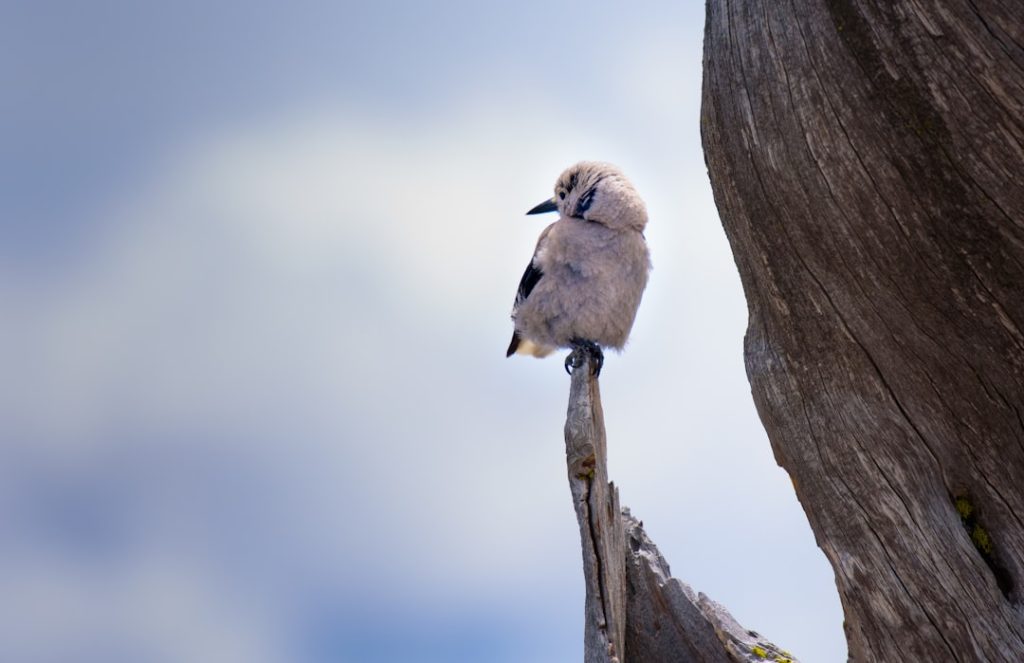Feather sexing is a technique used in the poultry industry to determine the sex of day-old chicks by observing differences in their feather development. This method is based on the fact that male and female chicks exhibit distinct patterns of feather growth at an early age. Trained professionals can identify these subtle variations to accurately separate male and female chicks for breeding or production purposes.
The ability to sex chicks at such a young age offers significant advantages to poultry farmers and breeders. It allows for efficient allocation of resources, as males and females can be separated and raised according to their specific purposes. This is particularly beneficial in large-scale operations where maximizing efficiency and minimizing costs are essential.
However, feather sexing requires considerable expertise and experience. The differences in feather growth between male and female chicks can be quite subtle and may vary among different breeds. As a result, only skilled individuals can perform this task with a high degree of accuracy.
Despite these challenges, feather sexing remains a valuable tool in the poultry industry, enabling farmers to make informed decisions about their flocks from the earliest stages of development.
Table of Contents
Key Takeaways
Breeds That Can Be Feather Sexed
Not All Breeds Are Suitable
Not all chicken breeds can be feather sexed, as the accuracy of this method depends on the genetic traits of the specific breed. Some breeds have distinct differences in feather growth between male and female chicks, making them suitable for feather sexing, while others do not exhibit clear enough differences to make accurate sexing possible.
Breeds That Can Be Feather Sexed
Some breeds that can be feather sexed include Leghorns, Rhode Island Reds, Sussex, and Wyandottes. These breeds have been selectively bred to exhibit noticeable differences in feather growth between male and female chicks, making them ideal candidates for feather sexing.
Limitations and Alternative Methods
It is important to note that while some breeds can be feather sexed with a high degree of accuracy, others may require alternative methods such as vent sexing or genetic testing to determine the sex of day-old chicks. Breeders and poultry farmers should be aware of the specific traits of their chosen breeds to determine whether feather sexing is a viable option for them.
The Process of Feather Sexing

Feather sexing is typically performed by trained professionals who have developed the skills and experience necessary to accurately identify the sex of day-old chicks based on their feather growth. The process involves carefully examining the wing feathers of the chicks to look for differences in length and development between males and females. Male chicks tend to have longer and more developed wing feathers compared to female chicks, allowing skilled practitioners to distinguish between the two sexes.
To perform feather sexing, the chick is gently held in one hand while the wing is extended with the other hand for closer examination. The feathers are carefully observed for any variations in length and development, with particular attention paid to the primary feathers located at the tips of the wings. By comparing the wing feathers of multiple chicks within a breed, experienced practitioners can confidently determine their sex based on the observed differences.
It is important to note that feather sexing should only be performed by individuals who have received proper training and have honed their skills through practical experience. Inaccurate sexing can lead to misidentification of chicks, resulting in potential losses for poultry farmers and breeders. Additionally, it is crucial to handle the chicks with care and gentleness during the feather sexing process to ensure their well-being.
Advantages and Disadvantages of Feather Sexing
Feather sexing offers several advantages for poultry farmers and breeders, including the ability to accurately separate male and female chicks at a very young age. This allows for efficient management of breeding programs and production operations, as only the desired sex of chicks needs to be raised, reducing the time and resources required for rearing unwanted chicks. Additionally, feather sexing can help prevent potential issues such as aggression and mating behavior between male and female chicks when they are raised together.
However, there are also some disadvantages associated with feather sexing. One of the main drawbacks is that it requires specialized training and experience to accurately sex chicks, making it inaccessible to inexperienced individuals. This can limit the widespread adoption of feather sexing among small-scale poultry operations or backyard breeders who may not have access to trained professionals.
Additionally, while some breeds can be feather sexed with a high degree of accuracy, others may not exhibit clear enough differences in feather growth to make reliable sexing possible.
Tips for Accurate Feather Sexing
Accurate feather sexing requires a keen eye and attention to detail, as well as practical experience in handling day-old chicks. To improve the accuracy of feather sexing, practitioners should consider the following tips: 1. Training: Seek out formal training or mentorship from experienced professionals to learn the techniques and nuances of feather sexing.
2. Observation: Take the time to carefully observe the wing feathers of day-old chicks, comparing multiple individuals within a breed to identify consistent patterns. 3.
Practice: Hone your skills through regular practice and hands-on experience with feather sexing, gradually developing confidence in your ability to accurately identify the sex of chicks. 4. Patience: Approach feather sexing with patience and a steady hand, as rushing through the process can lead to mistakes and misidentifications.
5. Consultation: When in doubt, seek guidance from experienced practitioners or breeders who have a proven track record in feather sexing for additional insights and advice. By following these tips, individuals can improve their proficiency in feather sexing and increase the accuracy of identifying the sex of day-old chicks within their chosen breeds.
Common Mistakes to Avoid When Feather Sexing

Inexperience and Lack of Training
Attempting feather sexing without proper training and practical experience can lead to misidentifications and potential losses. It’s crucial to have a thorough understanding of the process and to practice it under the guidance of experienced professionals.
Misinterpretation and Rushing
Misinterpreting subtle differences in feather growth between male and female chicks can result in inaccurate sexing. Rushing through the process without careful observation and comparison of wing feathers can also lead to errors. It’s essential to take the time to carefully examine the feathers and seek guidance when uncertain.
Lack of Consultation and Mishandling
Failing to seek guidance from experienced professionals or breeders when uncertain about identifying chick sexes can result in misidentifications. Additionally, rough handling of day-old chicks during the feather sexing process can cause stress and potential harm to the chicks. Gentle care and attention are necessary to ensure the well-being of the chicks.
By being mindful of these common mistakes and taking proactive measures to avoid them, practitioners can improve the accuracy of their feather sexing techniques and minimize errors in identifying chick sexes.
Considerations for Feather Sexing Chickens
Feather sexing is a valuable method for determining the sex of day-old chicks in certain breeds, offering advantages such as efficient management of breeding programs and production operations. However, it requires specialized training and experience to accurately identify chick sexes based on differences in feather growth. Breeders and poultry farmers should carefully consider the suitability of their chosen breeds for feather sexing and seek out proper training and mentorship to develop their skills in this technique.
By following best practices, seeking guidance from experienced professionals, and avoiding common mistakes, practitioners can improve the accuracy of their feather sexing techniques and make informed decisions for their poultry operations.
If you’re interested in learning more about breeding and caring for poultry, you may want to check out this article on how to care for goslings. It provides valuable information on raising and breeding geese, which can be a great addition to your poultry flock.
FAQs
Meet Walter, the feathered-friend fanatic of Florida! Nestled in the sunshine state, Walter struts through life with his feathered companions, clucking his way to happiness. With a coop that’s fancier than a five-star hotel, he’s the Don Juan of the chicken world. When he’s not teaching his hens to do the cha-cha, you’ll find him in a heated debate with his prized rooster, Sir Clucks-a-Lot. Walter’s poultry passion is no yolk; he’s the sunny-side-up guy you never knew you needed in your flock of friends!







